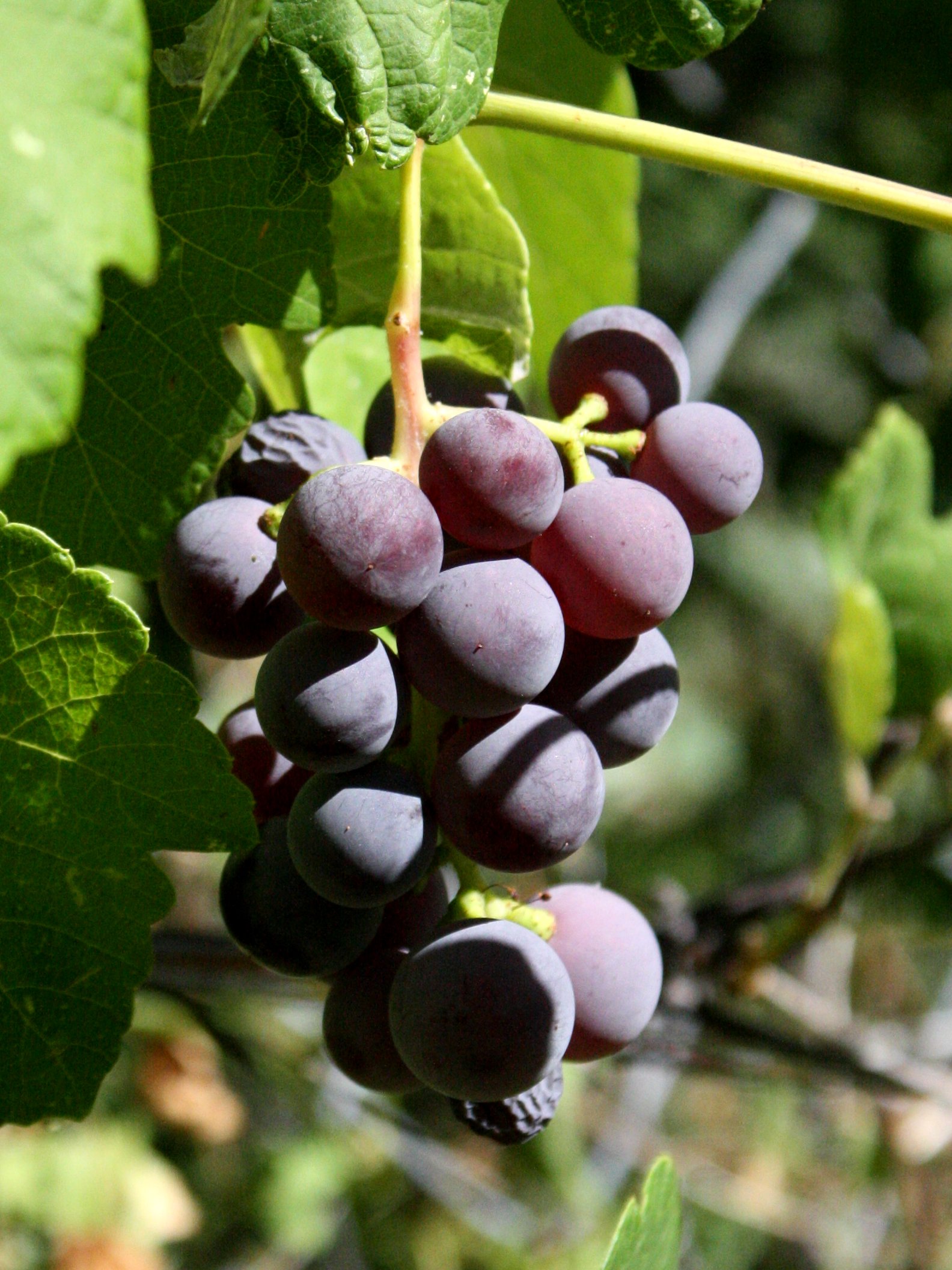

Zones with different SRI produced differences in Pinot noir wine anthocyanins and tannins.

In New Zealand, mechanisation of vineyard tasks such as crop thinning, leaf removal, and harvesting is less prevalent in Pinot noir grape production, especially compared with Sauvignon blanc.įrom a high-resolution topoclimate model, Ferretti (2020) was able to classify the different vineyard characters in South Tyrol, Italy, using a Solar Radiation Index (SRI). Pinot noir grapes destined for ultra-premium wines are therefore generally more expensive to produce because of high vineyard management costs ( Uzes and Skinkis, 2016). Pinot noir is also considered to be a difficult variety to produce, being environmentally sensitive ( Jackson, 2008), with thin skins, high susceptibility to diseases, and lower anthocyanin concentrations often leading to reduced wine colour intensity ( Dambergs et al., 2012). Pinot noir vineyards targeted for the production of high quality wines are typically managed to relatively low yields compared with other varieties ( Uzes and Skinkis, 2016). yield, leaf area to fruit weight, canopy density, bunch exposure). clone, rootstock and soil microflora) and viticultural management outcomes (e.g. Pinot noir grape composition is influenced by environmental factors (climate and pedoclimate), soil chemical and physical properties, biological factors (e.g. Most winegrowers would argue that high quality Pinot noir wines are predominantly a result of the composition of the grapes.
#Grape plant drivers#
From results to date we can further our research confident in the knowledge that factors such as vine yield, region or vineyard are, in themselves, unlikely to be the principal drivers of major differences in Pinot noir grape and wine composition. The results also indicate that a proportion of vines meet the benchmark specification at higher yields. We have derived highly significant negative linear relationships between vine yield class and the frequency of vines that were within a benchmark specification established for icon vines, providing evidence of the quality risk associated with higher yield. Changes in management of the same vine from year to year appeared the most likely contributors to variation. The extent of the variation in performance of the same vines between seasons largely excludes factors that are stable between seasons as primary causes. Principal Component Analysis has indicated that vintage dominated berry composition effects that might otherwise be associated with yield per vine, region and vineyard. Berry extract colour measures were, on average, three-fold higher in 2019 than in 2018. On a vine by vine basis normalised yields did not correlate among seasons. Grapes were sourced at commercial harvest from 20 single vines from 12 vineyard sites in three Pinot noir growing regions (Central Otago, Martinborough and Marlborough) of New Zealand.Īcross three vintages yields ranged from 0.1 kg to 6.3 kg per metre, but there was no general relationship between yield and berry soluble solids. Our experimental approach controlled these variables by studying within-block differences in vine performance across multiple seasons and vineyards. Our study aims to understand the relationship between grape (and ultimately wine) composition and the physical appearance and performance characteristics of a vine (i.e. Vine genetics, fruit maturity, region and vineyard are perceived as factors that strongly influence Pinot noir grape and wine composition.


 0 kommentar(er)
0 kommentar(er)
